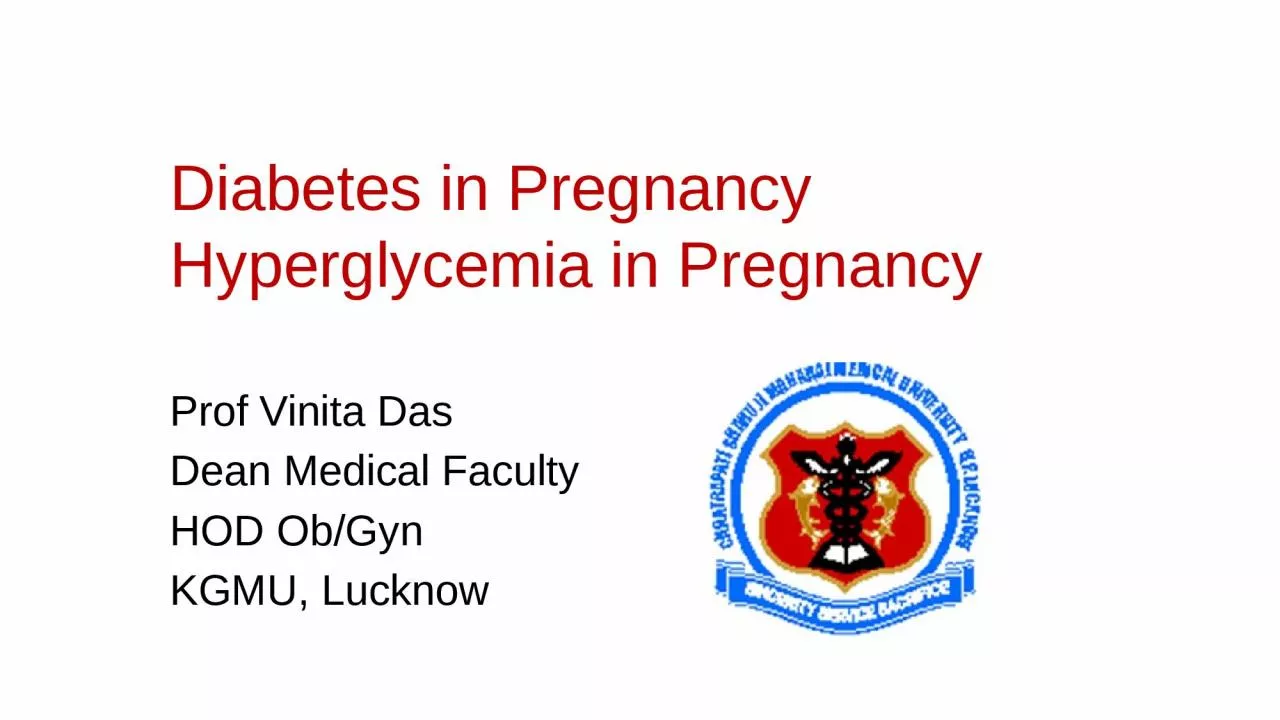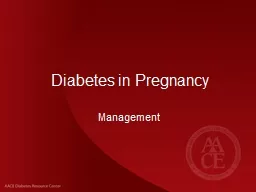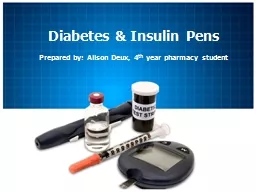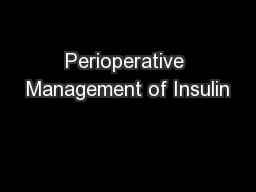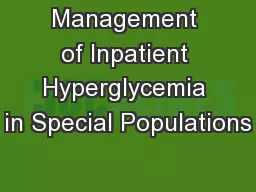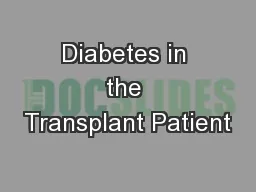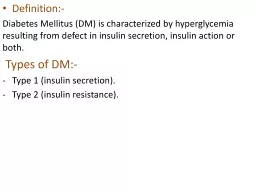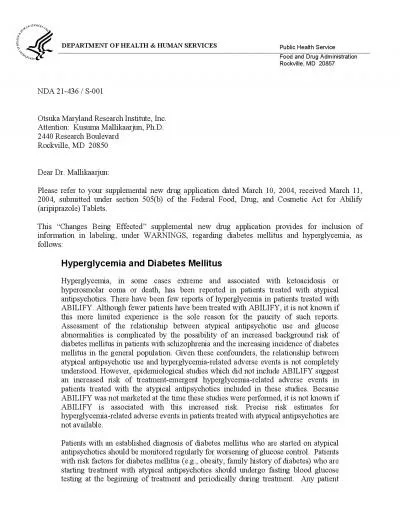PPT-Diabetes in Pregnancy Hyperglycemia in Pregnancy
Author : lydia | Published Date : 2022-06-11
Prof Vinita Das Dean Medical Faculty HOD Ob Gyn KGMU Lucknow Disclaimer This presentation and slides are for educational purpose for teaching amp training of undergraduate
Presentation Embed Code
Download Presentation
Download Presentation The PPT/PDF document "Diabetes in Pregnancy Hyperglycemia in P..." is the property of its rightful owner. Permission is granted to download and print the materials on this website for personal, non-commercial use only, and to display it on your personal computer provided you do not modify the materials and that you retain all copyright notices contained in the materials. By downloading content from our website, you accept the terms of this agreement.
Diabetes in Pregnancy Hyperglycemia in Pregnancy: Transcript
Download Rules Of Document
"Diabetes in Pregnancy Hyperglycemia in Pregnancy"The content belongs to its owner. You may download and print it for personal use, without modification, and keep all copyright notices. By downloading, you agree to these terms.
Related Documents

